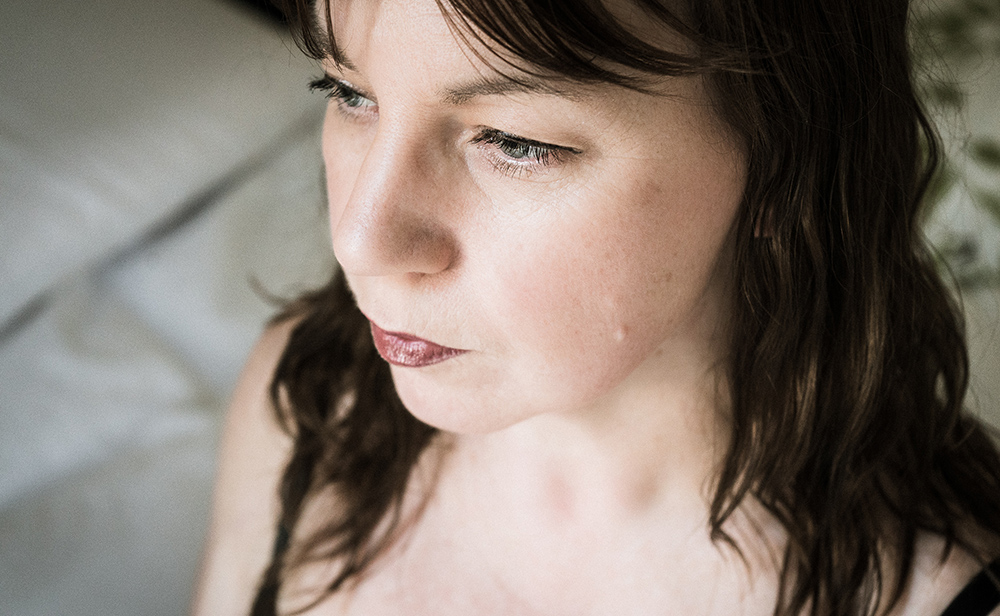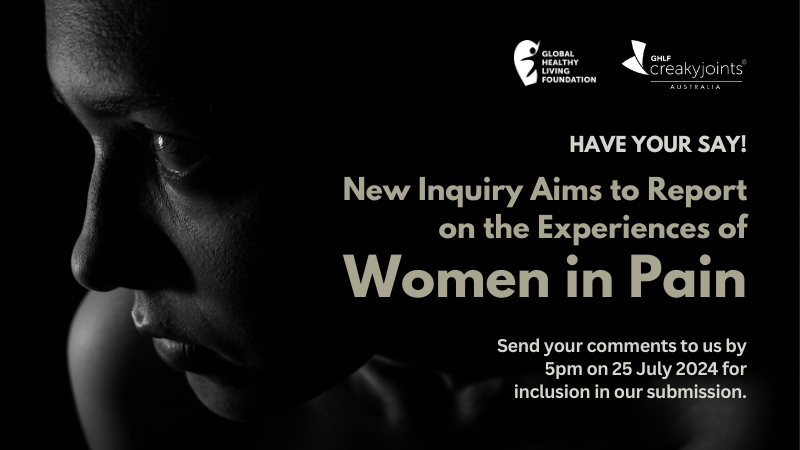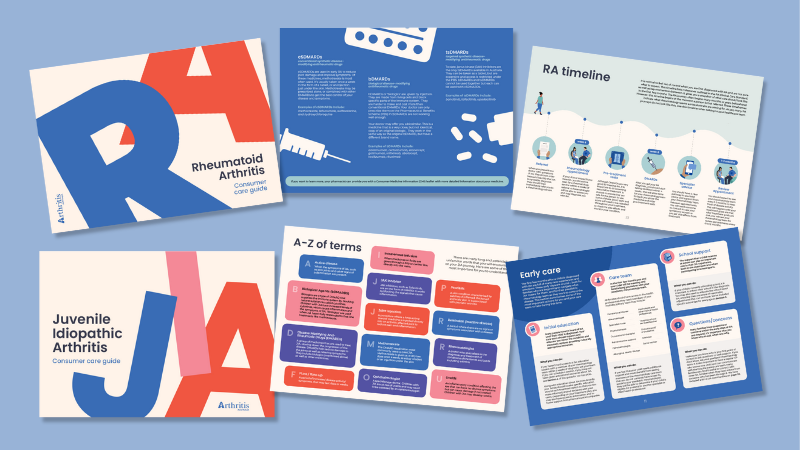

March 8 is International Women’s Day. A day for celebrating the achievements of women, raising awareness against bias and taking action for equality.
Across the world, we are slowly moving into a time where women are treated as equals. We now see more female CEO’s than ever before. More female engineers, pilots and entrepreneurs. Women’s sports are given equal coverage in the media. Yet, there is one area where no amount of lobbying will change the statistical bias against women. As a whole, women get arthritis more than men do.
In 2018, the Australian Bureau of Statistics released the National Health Survey: First Results report. This report included figures showing the prevalence of arthritis in Australia. The figures showed:
- In 2017-18, one in seven Australians (15 per cent or 3.6 million people) had arthritis. The prevalence was higher in females than in males (17.9 per cent compared with 12.1 per cent) and has remained constant since 2004-05.
- The prevalence of arthritis increases with age, particularly for females. The proportion of females under the age of 45 with arthritis in 2017-18 was 2.7 per cent. By age 55 to 64, this had increased to 39.6 per cent and to 57.3 per cent for 65 years and over. For males, the rate for under the age of 45 was 2.3 per cent, this steadily increased to 28 per cent for 55 to 64-year-olds and 39.9 per cent for 65 years and over.
Arthritis is often perceived as an older persons’ issue resulting from years of wear and tear on the joints. The reality is, there are over 100 different forms of arthritis affecting both men and women of any age. Some are more prevalent in men, however, in general, the odds are stacked against women. The reasons for this are varied, but they include hormonal, physiological and genetic differences.
While arthritis can be challenging to everyone who has it, women with arthritis face some unique (and sometimes hidden) challenges.
Gender bias and arthritis
Disclosure of a health condition to an employer or colleagues is a difficult decision for anyone, but especially so for women. In an environment where women often need to do more to prove their competence, revealing that you are struggling or you need extra assistance could have negative consequences. For example, missing out on a promotion or being generally perceived as “weak”. Many women also report that their pain is dismissed as being simply a result of stress, anxiety or depression — especially when their arthritis is invisible.
Similar situations sometimes occur when women with arthritis see their health professionals. Complaints of pain in the joints or extreme fatigue aren’t always taken seriously, particularly when they come from women with children. Some “old school” health professionals (usually older men) can be quite patronising and unwilling to involve female patients in decisions about their own care. This can also be true in some male-dominated cultures.
Women also tend to push through their pain and other symptoms to put the needs of their family and others first, so they may take longer to see a doctor for their arthritis in the first place. However, any delay in receiving an accurate diagnosis can increase the severity of their arthritis in the long run.
Pregnancy and parenting with arthritis
The needs of mothers with arthritis have often been overlooked in the past, both from the health system and from society. This is partly due to the misperception that women of childbearing age are too young to have arthritis. Yet, arthritis can pose many difficulties before, during and after pregnancy and mother’s with arthritis often need additional support and care from the people around them.
To start with, some arthritis medications should not be taken during pregnancy. Therefore, mothers-to-be have to make difficult choices around treating their condition and starting a family. With pre-planning, rheumatologists (doctors who specialise in arthritis) can often provide alternative treatment options. (Note: if a woman does accidentally get pregnant while on medications, she should seek help from her rheumatologist immediately as there are still options available). Suitably trained health professionals can also advise mothers about taking medications while breastfeeding.
With some forms of arthritis, such as rheumatoid arthritis, women may get a reduction in symptoms during pregnancy, only to have them return full strength after the baby is born. This can mean an increase in the likelihood of pain, fatigue and depression well above the rates experienced by a healthy mother.
Depending on the type of arthritis and joints affected, many mothers can also experience extreme difficulty looking after the day-to-day needs of the children. They may not be able to lift, clothe, feed or play with them due to the severe pain and exhaustion which may last for hours, days, weeks or months at a time.
Resources for women with arthritis
CreakyJoints Australia Patient Council member, Shannyn Meloncelli, was a chief investigator in the research project Explore and Document Coping Strategies and Support Mechanisms Employed by Mothers with Rheumatoid Arthritis (University of the Sunshine Coast and MOVE, 2015). As a mother with arthritis herself, Shannyn and her fellow researchers saw the need to create a resource to support mothers with rheumatoid arthritis (and other forms of arthritis) to cope with the impacts of their condition alongside their other life roles, such as their employment, study and relationships. The resource includes videos of mothers with rheumatoid arthritis sharing their personal stories and tips for other mothers in their position.
Other resources available for women with arthritis include:
- Occupational therapists, psychologists and other members of your healthcare team.
- The arthritis organisation in your state or territory.
- Online support groups such as Young Women’s Arthritis Support Group and Swell Gals.
Further resources
CreakyJoints Australia: Family Planning & Pregnancy
CreakyJoints Australia: Choosing Your Healthcare Team
Suzie Edward May: Arthritis, Pregnancy and the Path to Parenthood
Australian Government: Job Access: Your Rights and Responsibilities




